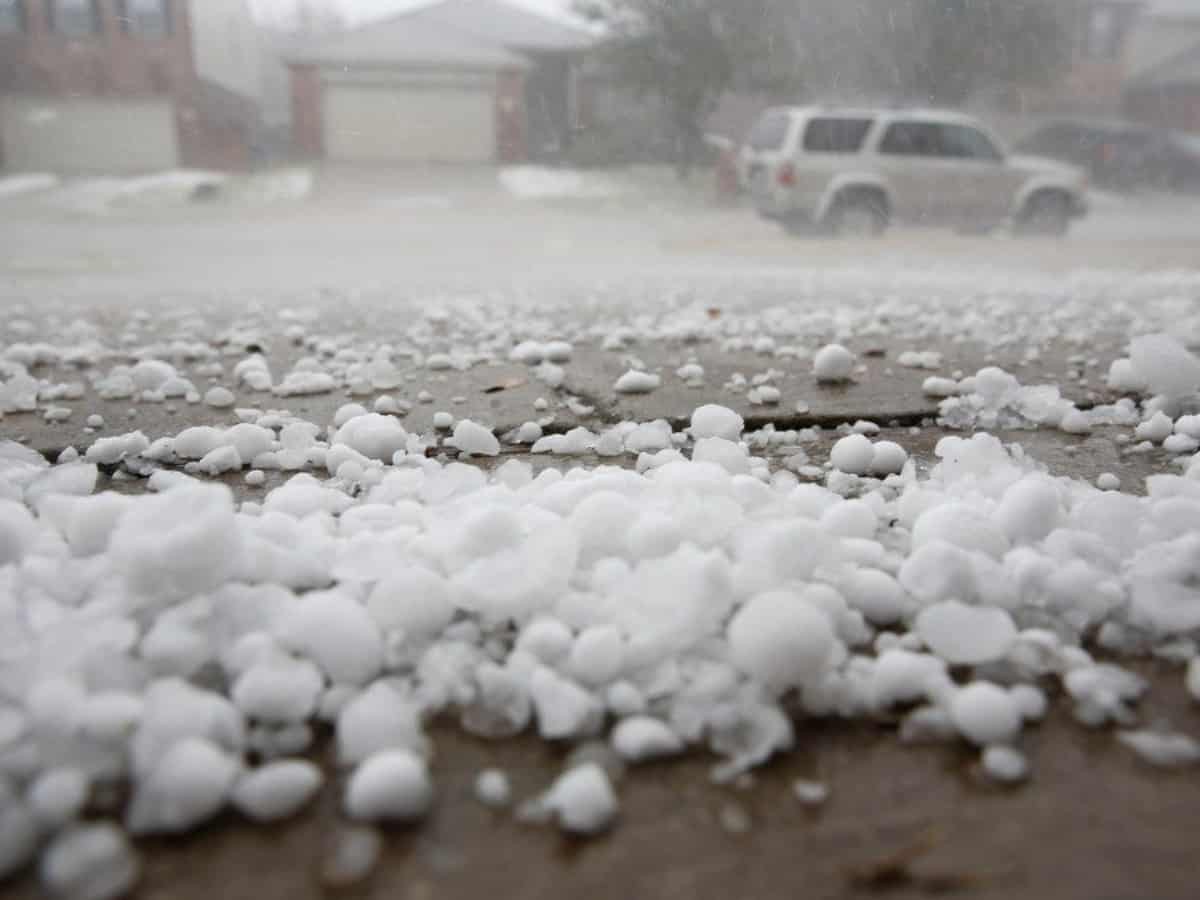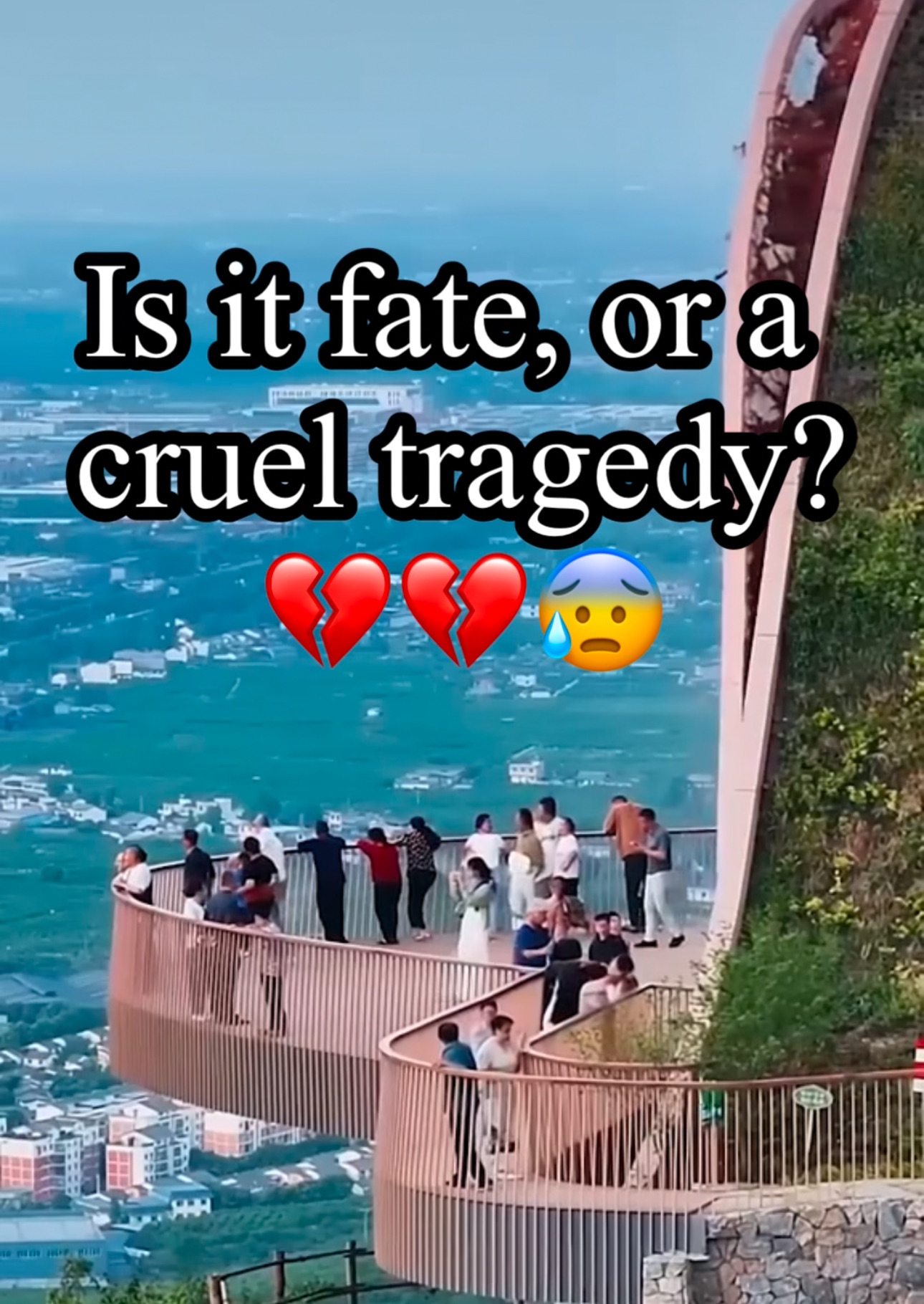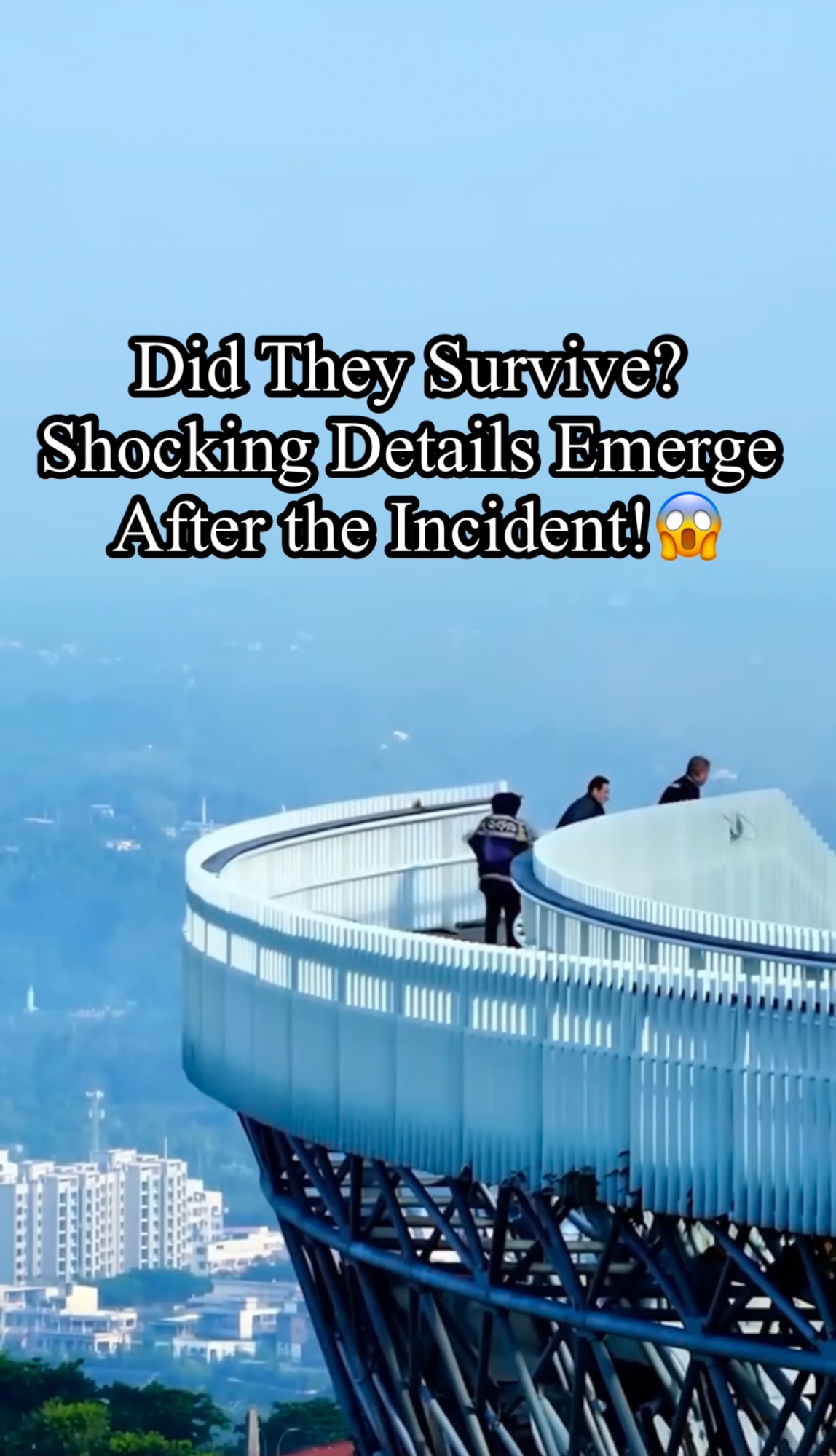On Saturday, April 26, world leaders gathered in Rome to attend the funeral of Pope Francis, marking a solemn and historic occasion. Among those present were former U.S. President Donald Trump, Ukrainian President Volodymyr Zelenskyy, French President Emmanuel Macron, and British Labour Party leader Keir Starmer. Dignitaries from across the globe arrived to pay their final respects to a pontiff who had left a profound impact on the world during his papacy.
Donald Trump arrived accompanied by his wife, Melania Trump, joining the procession of global figures in the heart of the Vatican. While the atmosphere was appropriately somber, it was the reactions of the crowd to the different leaders that soon became a major talking point online. Videos circulating on social media captured a striking contrast: Volodymyr Zelenskyy was met with spontaneous applause and warm gestures from the assembled crowd, while Trump’s entrance was received in stark silence.
Adding to the difference, observers noted that Trump was wearing a blue suit rather than the traditional black attire typically expected at funerals, especially one of such immense significance. The choice of outfit, combined with the cold reception, did not go unnoticed and fueled widespread commentary and debate across various online platforms.
However, what truly captured public attention was what unfolded between Trump and Zelenskyy later during the ceremony. Despite the initial tension in the air, the two leaders shared an unexpected moment of interaction. Though details of their exchange remain limited, eyewitnesses reported a brief, cordial handshake and a few words exchanged between them — a gesture that surprised many given the highly polarized political climates both leaders represent.
This incident, though seemingly minor, became symbolic for many. It reflected the broader complexities of international relations in today’s world, where public perception, personal conduct, and political narratives are deeply intertwined. At an event meant for collective mourning and reflection, the interactions between global figures served as a reminder that even in moments of unity, differences in image and leadership style remain profoundly visible.
The funeral of Pope Francis was intended to be a moment that transcended politics, focusing instead on the legacy of a man who spent his life advocating for peace, compassion, and understanding. Yet, the world’s attention, at least briefly, was captured by the nuanced theater of human behavior among its most prominent leaders. In the end, it was not only a farewell to a pope but also a vivid portrait of how leadership is perceived in our complex and divided times.







